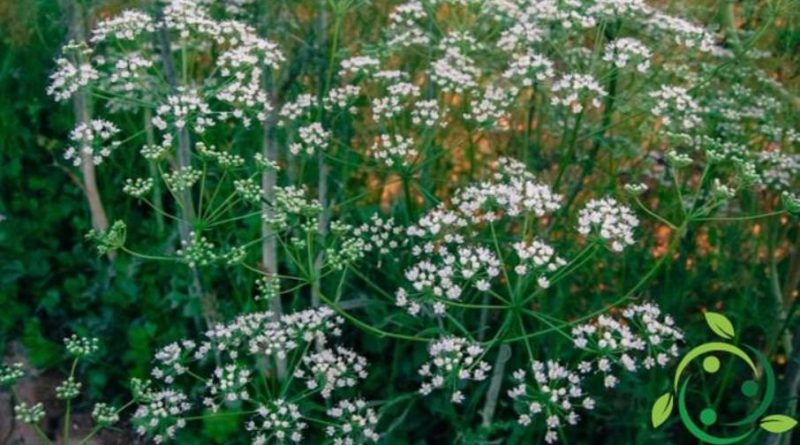How to grow aniseed organically
How to grow aniseed organically
The anise (Pimpinella anisum L.) is an annual herbaceous plant, which can be cultivated in an entirely ecological way and which can be propagated and cultivated essentially by seed. As the anise produces fleshy roots, which can be damaged during transplanting, in general, it is sown directly at home, in a very sunny plot, at a depth of 2 or 3 cm on rows 40-70 cm apart in the period that it goes from March to May depending on the temperature. After about 2 or 3 weeks, the anise sprouts and when the seedlings will be about 10 cm tall you can proceed with thinning if the sowing has been too dense. The sowing can also be done as a broadcast, on a fresh and well drained soil, not necessarily rich; the plant also supports sandy or gravelly soils, as it can survive even in drought conditions.
The Anise needs very sunny positions to grow at its best, loves hot places and prefers areas with long and very hot summers. Clearly, young seedlings require regular irrigation, to be provided whenever the soil is dry; with the continuation of the season, and of the development of the plants, the irrigations can become even less intense, as the plant becomes more resistant to water shortages. Flowering occurs in the summer, and the seeds are harvested towards the end of the summer. For a greater concentration of essential oil in the seeds it is important that the plants are in a very sunny area, and that they do not receive excessive water supplies at least in the last week of maturation. The seeds are still harvested green, and are then dried in the sun.
For fertilization, as noted, the contribution of synthetic nitrogen compounds is not recommended in favor of administration of organic compounds but in quantities not high to avoid a very high vegetative growth that, in addition to the problem of aphids and other insects and pathologies, the organoleptic quality would decrease.
Pruning is done with thinning if there is an excessive density of the plants.
These plants should not be subject to particular pests; what generally worries those who cultivate the Pimpinella anisum are the aphids, which lurk above all on the large inflorescences; the aphids however lurk in conditions of excessive tenderness of young jets and that is why we must first avoid the addition of synthetic nitrogen compounds in the soil that can, in certain periods, facilitate the excessive growth (and therefore tenderness of young jets). ). For the containment and control of pests and diseases must absolutely avoid the use of synthetic insecticides for which timely treatments are essential but operated with products derived naturally: this to prevent the insects remain on the plant even at the time of collection seeds but above all the drift of the active ingredients even after treatment. As with all plant species, the use of consociations with species that attract aphids is always a good technique, today little used, but of absolute agronomic interest. In any case, Marseille soap is excellent for aphids. These plants are unlikely to be attacked by fungi unless they are grown in areas that are not suited to their development, which is shaded and very humid.

